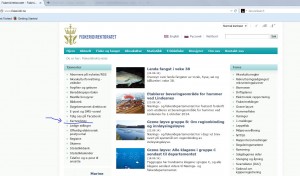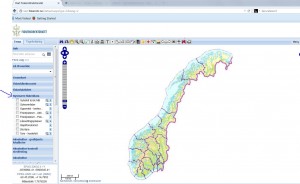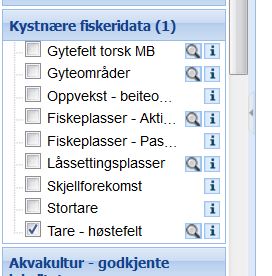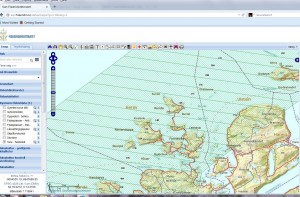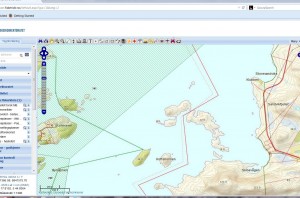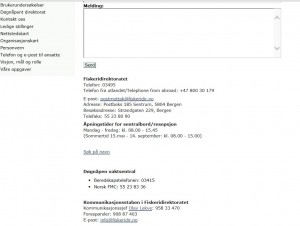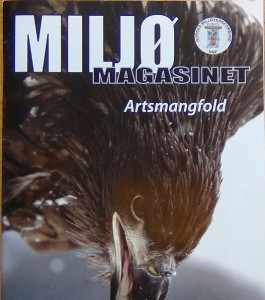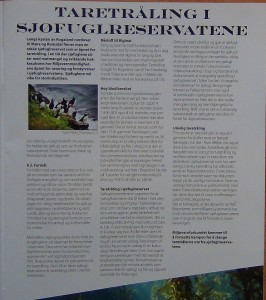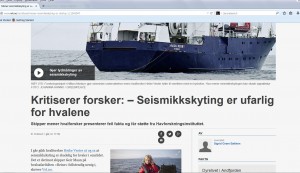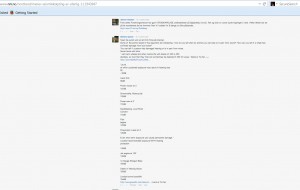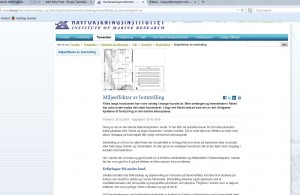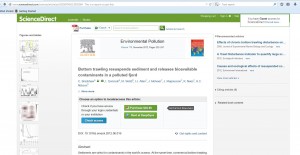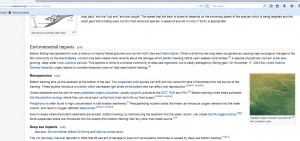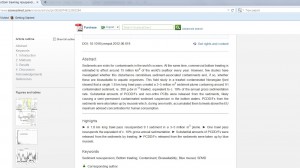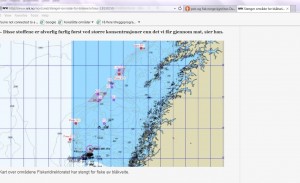Taretråling is conducted by a Norwegian run, American owned company – They have every freedom needed to operate a massive seaweed trawling business on the coast, however there are limits regulated by the Directorate of Fisheries. These limits are supposed to conserve some of the wildlife otherwise destroyed by the trawlers activities so it is vital they are adhered to.
These limits are set out here http://www.fiskeridir.no/
The page concerned is marked with an arrow and underlined.
On that page you will see this:
click on tare høstefelt and you will have the areas where taretråling, or seaweed trawling is allowed.
when the map has been selected you can use the mouse wheel to enlarge the picture such as here, you can also left click and hold down to drag the map across the screen to expose new areas.
The hatched areas are where they are allowed to harvest. The code in each area signifies the year they are allowed to harvest in that area.
so for instance a trawler fishing in the hatched area on this map would be harvesting legally – in the clear or unhatched area – legally and thus subject to fines and other penalties.
If the boats are fishing in the areas marked as non fishing zones you will require video or photographs and clear land or sea marks so the position can be clearly triangulated.
We have successfully managed a prosecution because we had a line of markers clearly in our video – on one side it was legal, on the other illegal.
Once you have this information you need to contact the fiskeriedirektoratet
